Vital support for insects, birds and mammals
Insects, birds and mammals use cracks, niches and rotten cavities in trees, for example, to raise their off spring. Through the commercial utilisation of the forests and the regulations on the stability of trees in urban areas, the proportion of trees with such nesting opportunities is decreasing. Even so-called cultural successors that have adapted to humans and nest in niches in barns, machine halls, attics or under eaves – such as swallows, sparrows or bats – are having more difficulties finding such places due to modern construction.
Also, our increased need for tidiness in gardens and fields makes it more challenging for hedgehogs to hibernate because there are no piles of leaves. For ground-nesting wild bee species, it increasingly rare to find open, vegetation-free piles of sand or soil, or the edges of sloping terrain where they can lay their brood cells. The construction and maintenance of natural and artifi cial nesting aids is therefore an important contribution to the fostering of these species. There are numerous nesting aids and hibernation sites for a wide variety of animal species on the campus grounds.
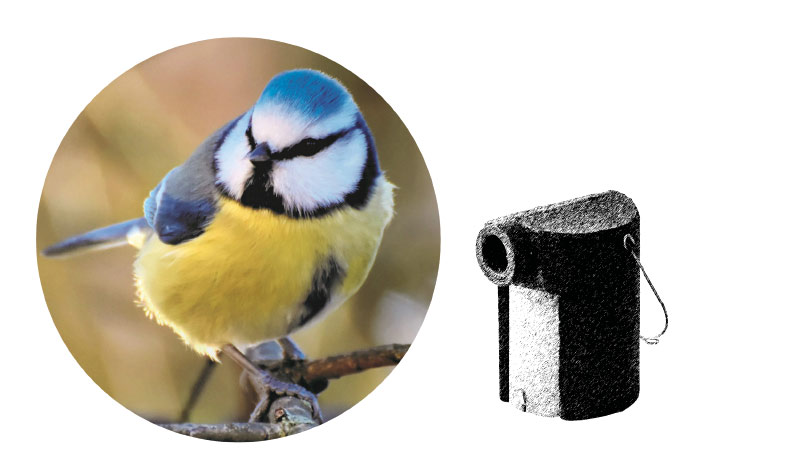
Blue Tit
Blue tit, great tit, redstart and starling need cavity nesting boxes. The size of the entrance holes varies.
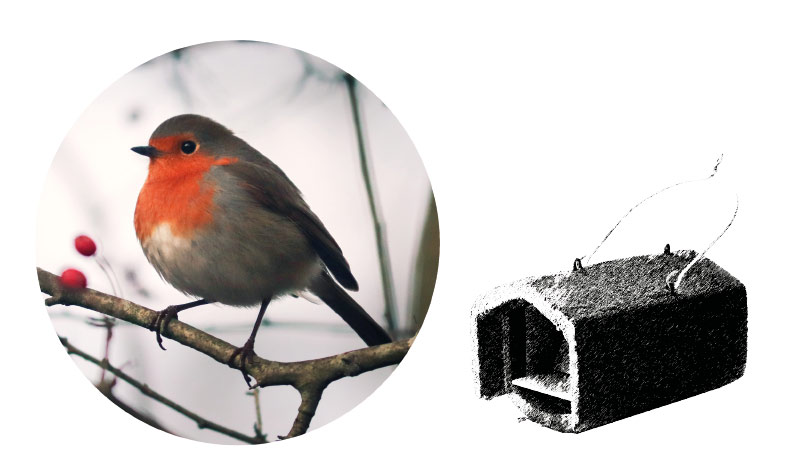
Robin
Robins, spottet flycatchers, wrens and blackbirds seek out half-cavity boxes to raise their brood protected from magpies or jays.
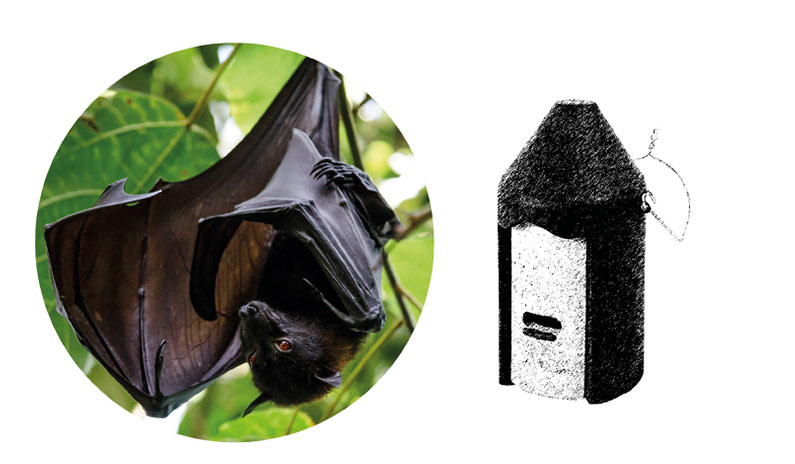
Bat
Rock and earth caves, crevices, tree hollows are natural hiding places for bats. This is where they hibernate in winter, raise their young and find protection from the weather and predators. A bat box off ers a species-appropriate alternative shelter; preferably made of durable wood concrete.
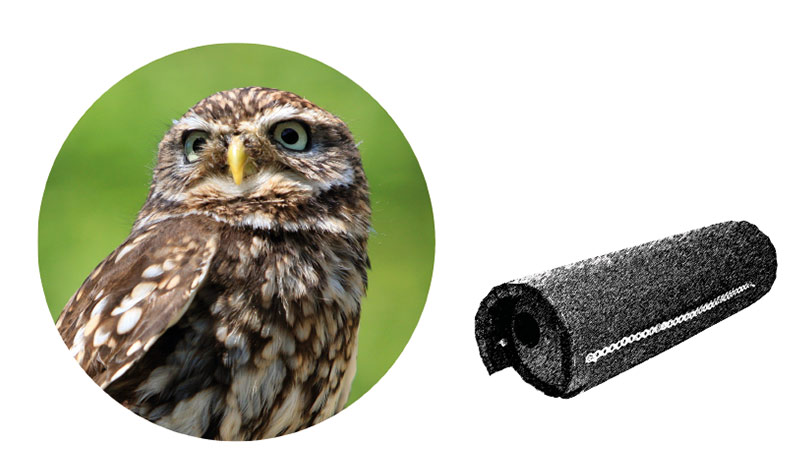
Little Owl
Two different models are in use as nesting aids for the Little Owl: a rectangular box and a tube.
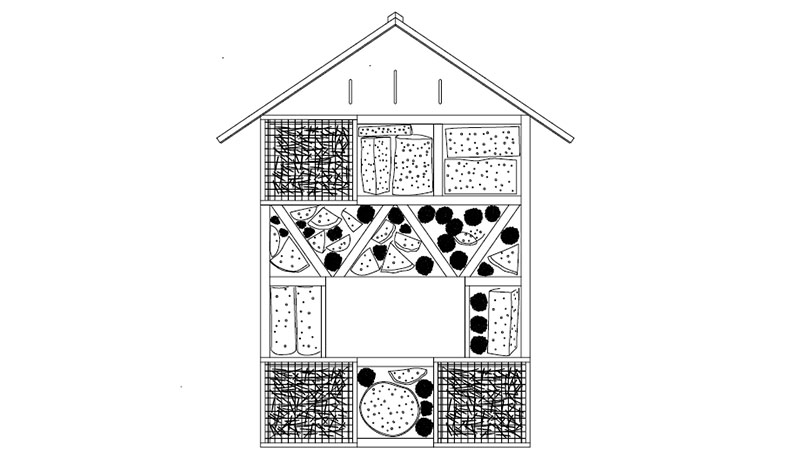
Insect house
The insect hotel at the Environmental Campus was created from recycled wood residues as a shelter for butterflies, bees, wasps and beetles.
Nesting aids
- are used where the natural nesting grounds have largely disappeared, but the habitat still provides sufficient food opportunities.
- provide shelter for birds, insects and mammals also aft er the breeding season.